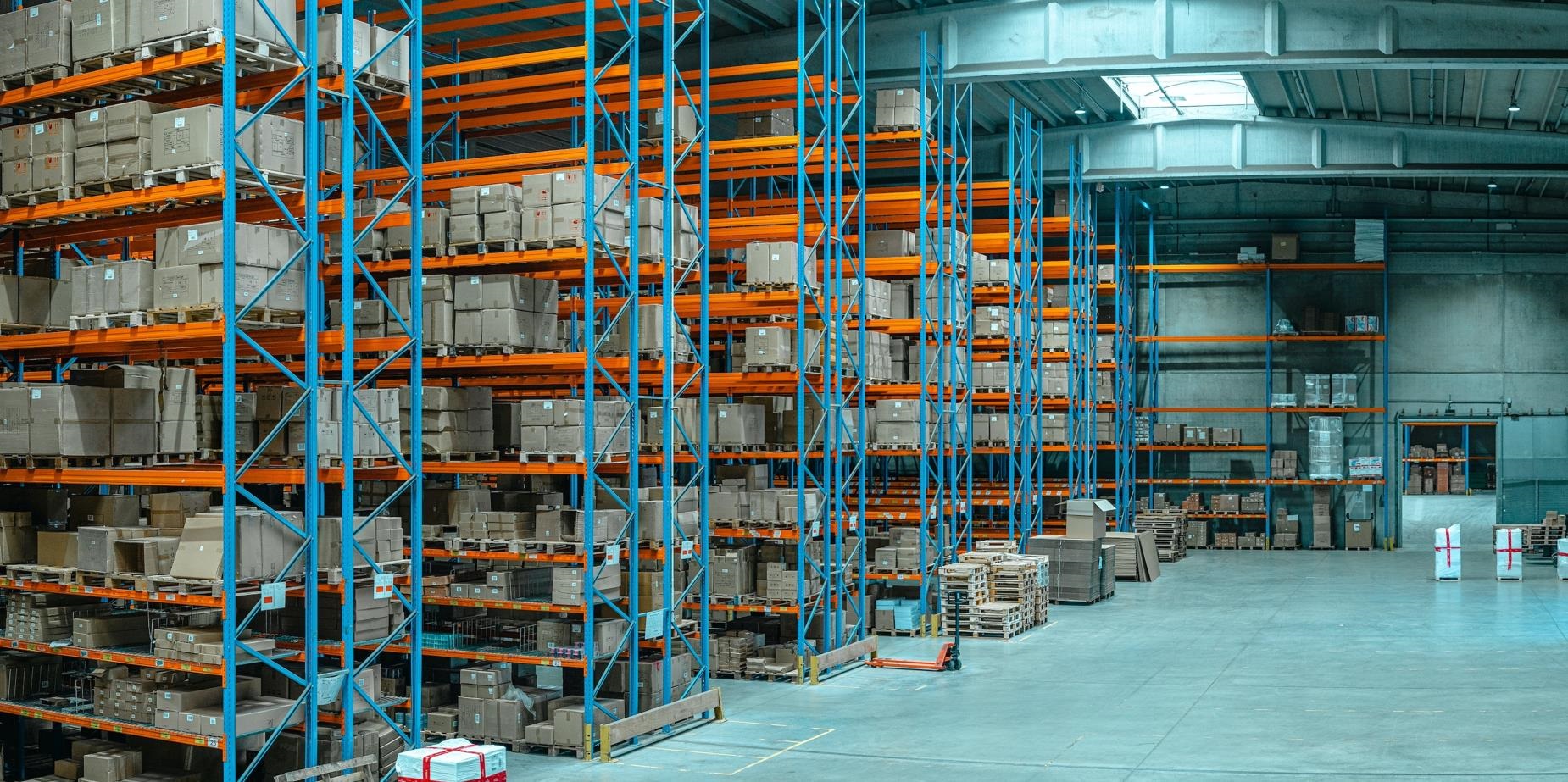NEWS: 02 October 2024: Our Hardcat Head of Strategic Partnerships, Kumar Vaidyanathan, talks to ict Connect India.
In the fast-paced world of digital transformation, industry leaders are embracing real-time decision-making, enhanced productivity, and unparalleled flexibility to revolutionize how they work. This shift is not just about keeping up with change – it’s about driving innovation and agility at every stage, setting new standards for efficiency and competitiveness.
What is Digitisation in Business?
Digitisation in business refers to transforming traditional, paper-based processes into digital formats. This shift involves adopting electronic systems and computerized tools to manage data and operations, replacing manual paperwork with digital solutions. By embracing digitisation, businesses can streamline workflows, improve information accessibility, and foster seamless collaboration among team members. Additionally, it empowers organisations to leverage advanced technologies such as data analytics and automation, enabling informed decision-making and maintaining competitiveness in today’s digital landscape.
Digital transformation is the rewiring of an organisation. Like any commonly used phrase, “digital transformation” has devolved into a catchall term that means different things to different people. That’s a problem. A digital transformation strategy is critical for organizations to not only compete but survive. If leaders can’t be clear about what a digital transformation is—and align their organization around a specific program—they can’t expect to be successful.
Executives are paying attention. An estimated 90 percent of all organizations are currently undergoing some kind of digital transformation, according to McKinsey research. “It is ‘show me the money’ time for digital transformations,” says McKinsey senior partner Rodney Zemmel. To succeed in a digital transformation, it needs to be a CEO agenda item.
The limitations of 20th-century CMMS (Computerised Maintenance Management Systems) and EAM (Enterprise Asset Management) systems are becoming increasingly apparent. These legacy systems, once considered cutting-edge, now act as barriers to the seamless maintenance of assets and efficient service to operations and manufacturing.
Modern Maintenance/Enterprise Software
Today’s organisations demand more than just basic functionality. Modern CMMS/EAM software offers an array of advanced features that are essential for staying competitive: ease of use, mobility, flexibility, connectivity, and enhanced performance, all while maintaining cost efficiency. These new systems do more than just support maintenance, they empower users to take full control of their assets, driving better decision-making and fostering a proactive approach to maintenance.
As organisations across the globe strive for operational excellence, they are recognising that modern EAM solutions are not just tools but critical enablers of professional maintenance and asset management. These systems provide the perfect balance of cost, risk, and performance, delivering actionable insights and streamlined processes at the user’s fingertips.
But what is driving this shift? Organisations are increasingly aware that the demands of today’s digital era require systems that are agile, connected, and capable of adapting to new challenges. Modern CMMS/EAM solutions offer the connectivity and flexibility that are indispensable in a world where real-time data and predictive analytics are the keys to maintaining a competitive edge. By transitioning to these advanced systems, companies are positioning themselves for sustained success in a future where digital transformation is not just an option, but a necessity.
New technologies yield vast maintenance efficiency potential for industries with distributed fixed assets. Companies that have digitized and automated their maintenance processes now show a significant increase in labour productivity and a 20 to 30 percent reduction in maintenance costs. Efficiently identifying the “when,” “where,” and “what” for field maintenance is crucial to labour productivity and lower maintenance costs.
Integrated EAM Solutions
While many organisations are implementing digital solutions to streamline their processes, they run into difficulties where they have to maintain and update separate systems just to keep their EAM processes running. Many asset management teams are encouraged to utilise their core ERP for their asset management tasks. However, ERP systems often lack the necessary functionality to efficiently handle maintenance, operations, and engineering work. This is where EAM integration becomes essential.
EAM and Digitisation in Business
Organisations are increasingly recognising the necessity of embracing digital solutions to remain competitive. As part of their digitalisation strategy, businesses are embarking on a transformative journey where traditional, paper-based processes are being converted into digital formats, unlocking the vast potential of modern technologies. This shift touches every facet of their operations, from daily workflows to overarching business models.
By adopting digital solutions like Hardcat, organisations can not only streamline their processes but also save time and reduce costs while creating new avenues for value creation and revenue generation.
Hardcat’s enterprise asset management solutions play a pivotal role in this transformation. By converting complex data and processes into digitised information, Hardcat enables businesses to harness the full power of their data, enhancing decision-making and driving innovation. With the ability to manage detailed asset data, optimise maintenance workflows, and provide real-time analytics, Hardcat empowers organisations to create new value and uncover revenue-producing opportunities. In an era where digitalisation is crucial for success, modern CMMS/EAM solutions like Hardcat are not just tools but essential enablers of innovation, efficiency, and sustained competitiveness, empowering organisations to transform their operations, drive new value, and maintain a competitive edge.
About the Author
Kumar Vaidyanathan is Head of Strategic Partnerships at Hardcat Pty Ltd, a Melbourne-based company that has pioneered Enterprise Asset Management Solutions. In his current role, Kumar helps develop partnerships for Hardcat across the world. In January 2023, Hardcat launched in India after announcing an exclusive partnership with Yotta Infrastructure – a Hiranandani-owned venture. Kumar was responsible for identifying Yotta as the suitable partner after a thorough due diligence lasting over 6 months. Kumar combines strategic, commercial, entrepreneurial, and cultural experience gained from working in 30+ countries in industries as diverse as advertising, marketing, and business advisory. In the last 15 years, he has primarily focussed on helping clients with their expansion plans into other geographies, a major portion of which is in the Australia-India corridor.



